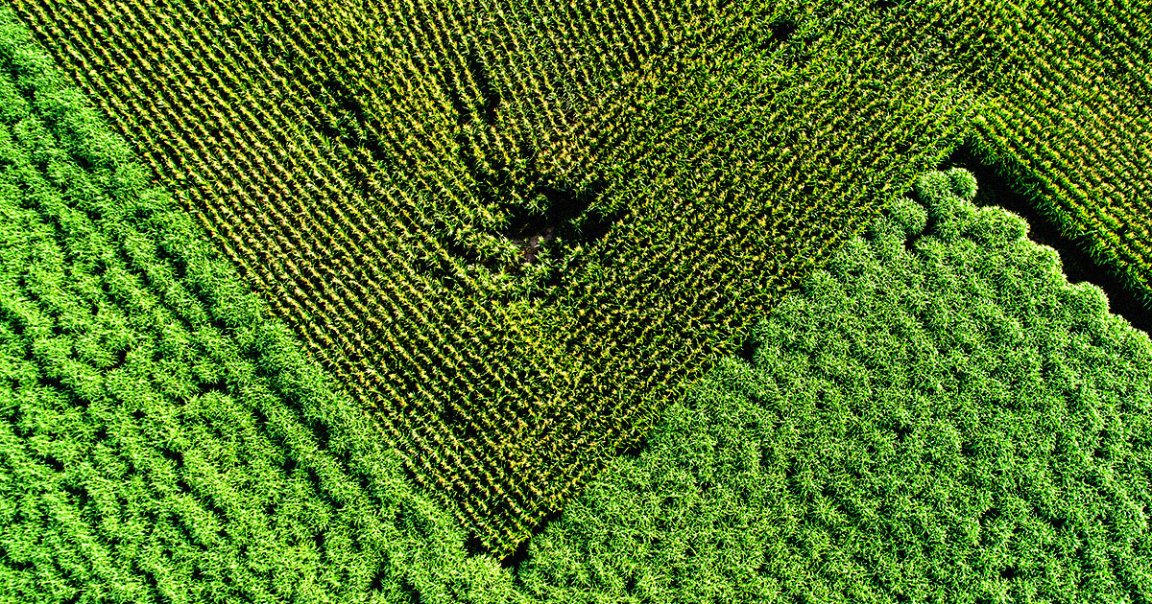
Sequestering Carbon
A team of researchers from the University of California, Berkeley, has proposed a radical and potentially affordable solution that they say could solve the climate crisis in one fell swoop — or at least, that’s their hope.
As detailed in a new paper published in the journal Proceedings of the National Academy of Sciences, the researchers suggest we could grow crops that naturally suck excess carbon from the air, then bury the harvested vegetation in bioengineered landfills that are kept dry using salts.
In short, it’s a new take on an existing process called agro-sequestration. Implemented on a sufficiently grand scale, the researchers argue, the consequences could be sweeping — and at the cost of the equivalent of just 53 cents per gallon of gasoline, it’s a real bargain as well.
“We’re claiming that proper engineering can solve 100 percent of the climate crisis, at manageable cost,” said lead author Eli Yablonovitch, PhD and professor at UC Berkeley, in a statement. “If implemented on a global scale, this carbon-negative sequestration method has the potential to remove current annual carbon dioxide emissions as well as prior years’ emissions from the atmosphere.”
Staying Dry
There’s one big drawback to agro-sequestration: rotting biomass decomposes, releasing carbon dioxide and methane, which would significantly cut into the total amount of carbon the approach can store.
By adding salt, the researchers are hoping to stop the biolandfill from decomposing by drying it out completely, allowing it to be preserved for “thousands of years,” according to the paper.
That could allow agro-sequestration to become carbon negative, and not just neutral. The team found that every metric ton of dry biomass could safely dispose of roughly two tons of CO2, a tremendous gain for the environment.
“The technology is scalable owing to the large area of land available for nonfood biomass sources,” the paper reads. “If biomass production is scaled to the level of a major crop, existing CO2 can be extracted from the atmosphere, and will simultaneously sequester a significant fraction of world CO2 emissions.”
The researchers did note some drawbacks to the approach. Maintaining large-scale moisture barriers to stop the biolandfill from rotting could be tricky, especially with extended periods of rain. Then there are the copious amounts of salt needed to dry all of the biolandfill, which might prove tricky to source.
Rather than putting all of our eggs in one basket, the researchers propose their solution should only be a part of a much greater picture.
“There is a moral hazard here in relying too much on any one solution,” the researchers wrote. “Society must continue its efforts toward de-carbonization, developing and installing solar and wind systems, and revolutionizing energy storage.”
More on climate change: Global Warming Is Worse Than We Thought, AI Tells Scientists